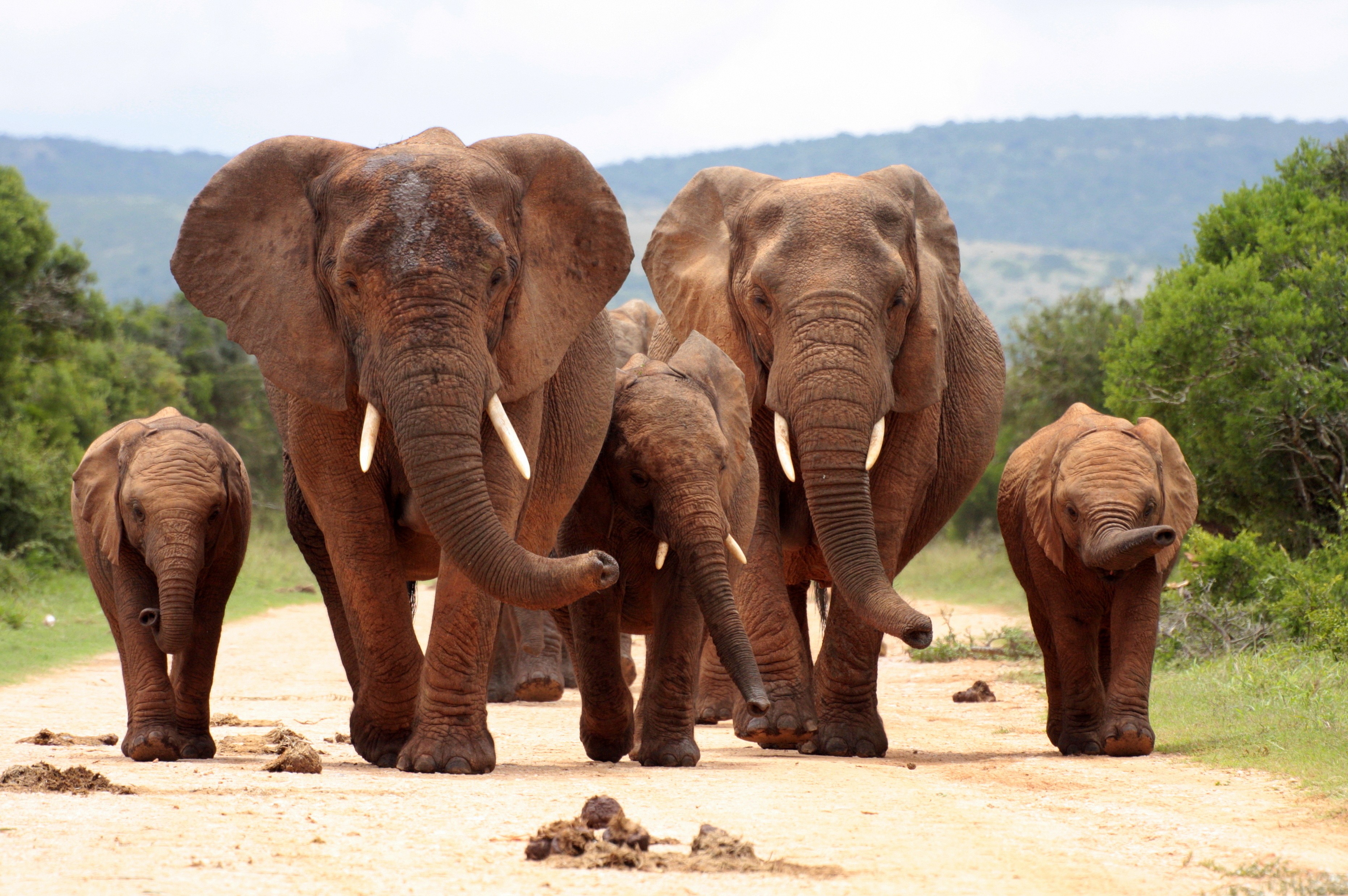What Makes Elephant Societies Unique Among Mammals?

Elephants are not just the largest land mammals; they possess some of the most complex social structures observed in the animal kingdom. Understanding what makes elephant societies unique offers fascinating insights into their behavior, communication, and survival strategies.
Matriarchal Social Structure
Elephant societies are primarily matriarchal, meaning they are led by an older, experienced female known as the matriarch. This leadership is crucial for guiding the herd in finding food and water sources and protecting them from threats. The matriarch’s knowledge accumulated over years is vital for the herd’s survival during challenging times like droughts or migrations.
Strong Family Bonds and Cooperation
Family bonds among elephants are incredibly strong. Herd members engage in cooperative behaviors such as helping care for calves, sharing resources, and assisting injured or sick individuals. These close-knit relationships ensure that younger elephants learn essential life skills within a supportive environment.
Complex Communication Methods
Elephants communicate using a combination of vocalizations, body language, touch, and even seismic signals—vibrations transmitted through the ground that can be detected by other elephants miles away. This multimodal communication enables coordination during movement and social interactions within large groups spread over vast areas.
Emotional Intelligence and Empathy
Research has shown that elephants exhibit remarkable emotional intelligence. They display behaviors akin to empathy by consoling distressed companions or mourning deceased herd members with rituals such as touching bones or standing vigil nearby. Such emotional depth highlights their sophisticated cognitive abilities.
Adaptability and Social Learning
Elephant societies demonstrate adaptability through social learning where individuals observe others to acquire new behaviors suited to environmental changes. For example, herds have been documented altering migration routes based on past experiences with human activity or natural disasters, showcasing their ability to adjust collectively for improved survival outcomes.
In summary, elephant societies stand out among mammals due to their intricate social hierarchies led by wise matriarchs, profound interpersonal bonds marked by cooperation and empathy, advanced communication systems including seismic signaling, and flexible behavior through social learning. Appreciating these qualities deepens our respect for these majestic creatures while emphasizing the importance of conserving their natural habitats.
This text was generated using a large language model, and select text has been reviewed and moderated for purposes such as readability.











